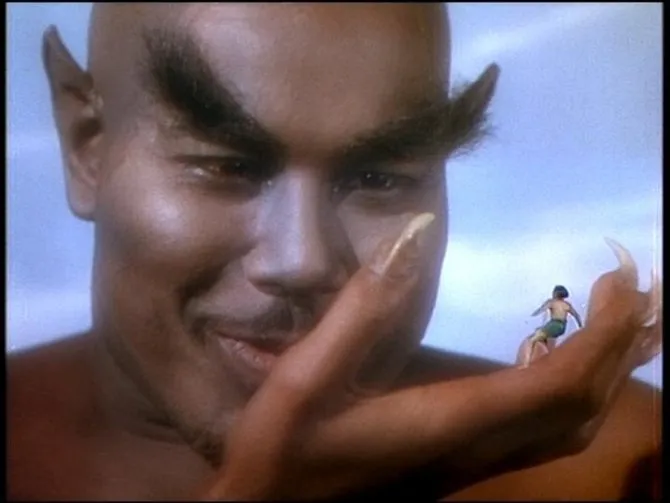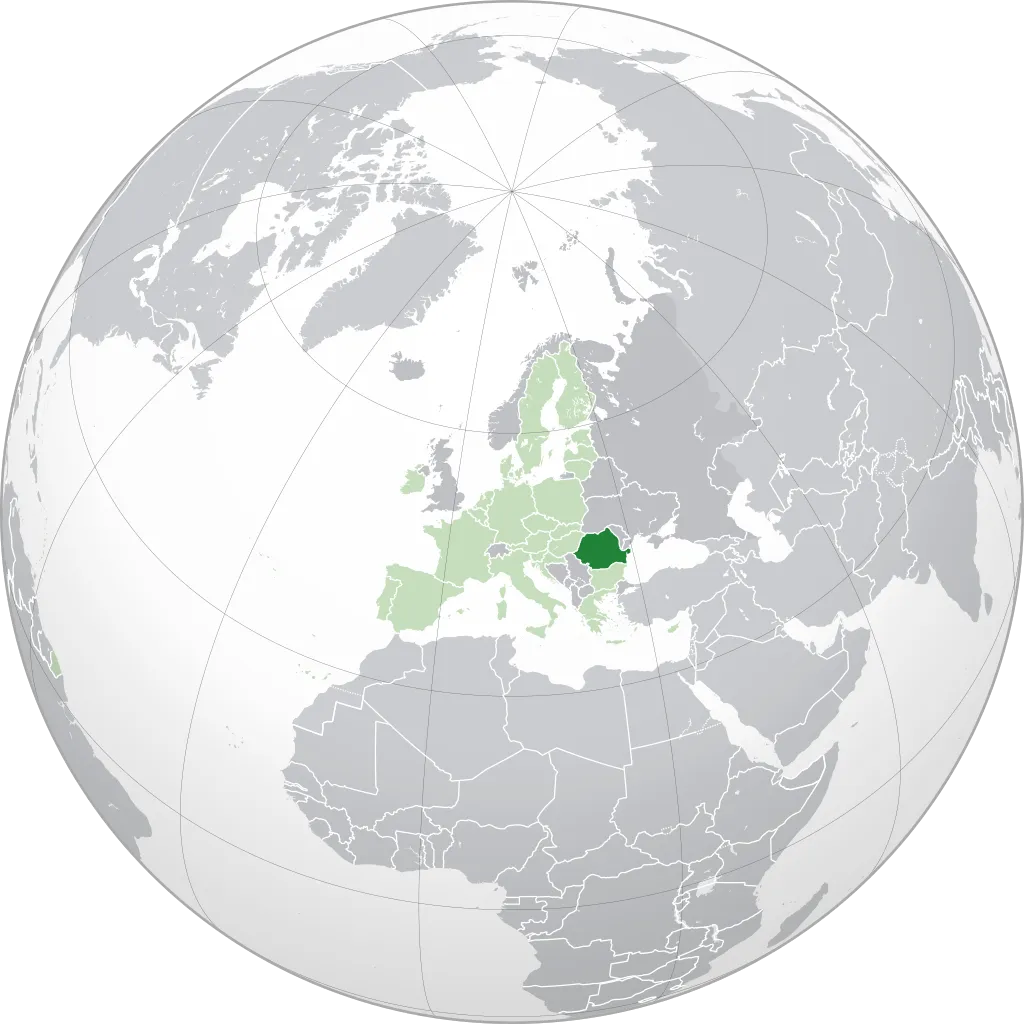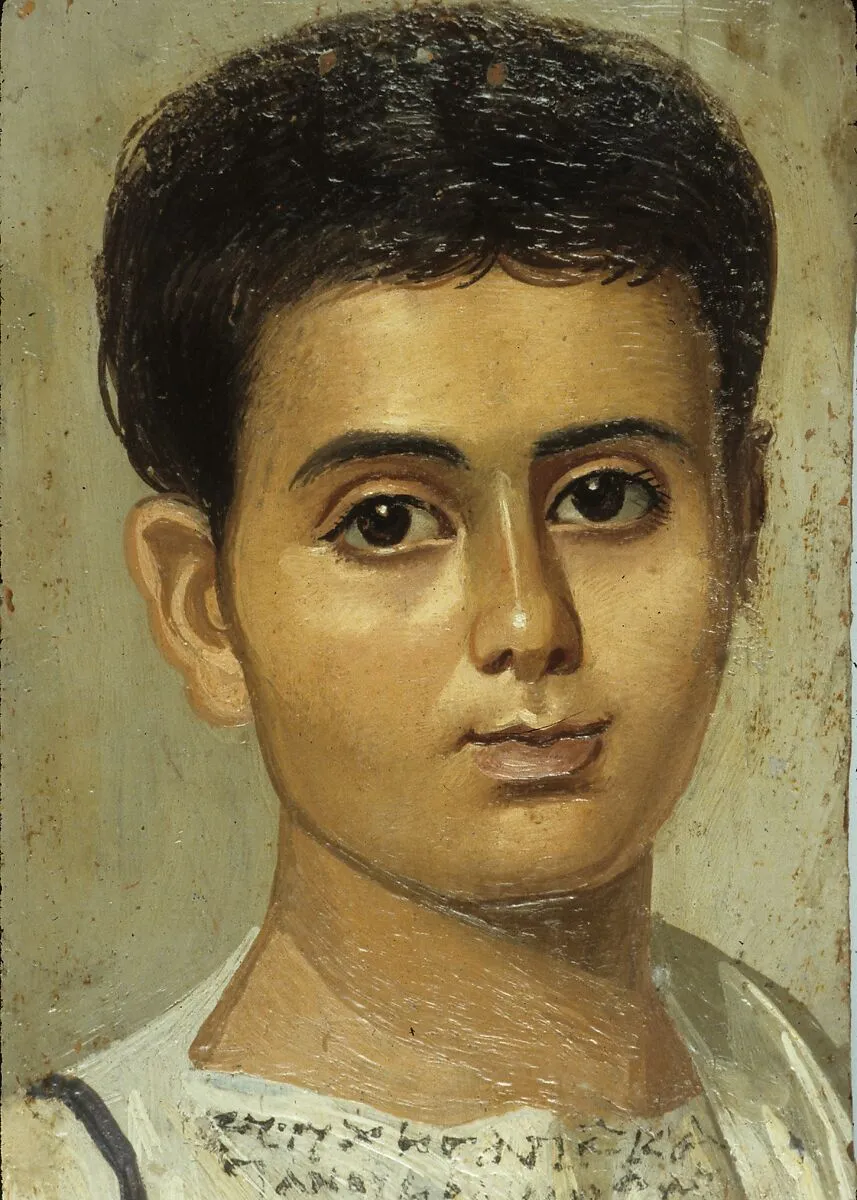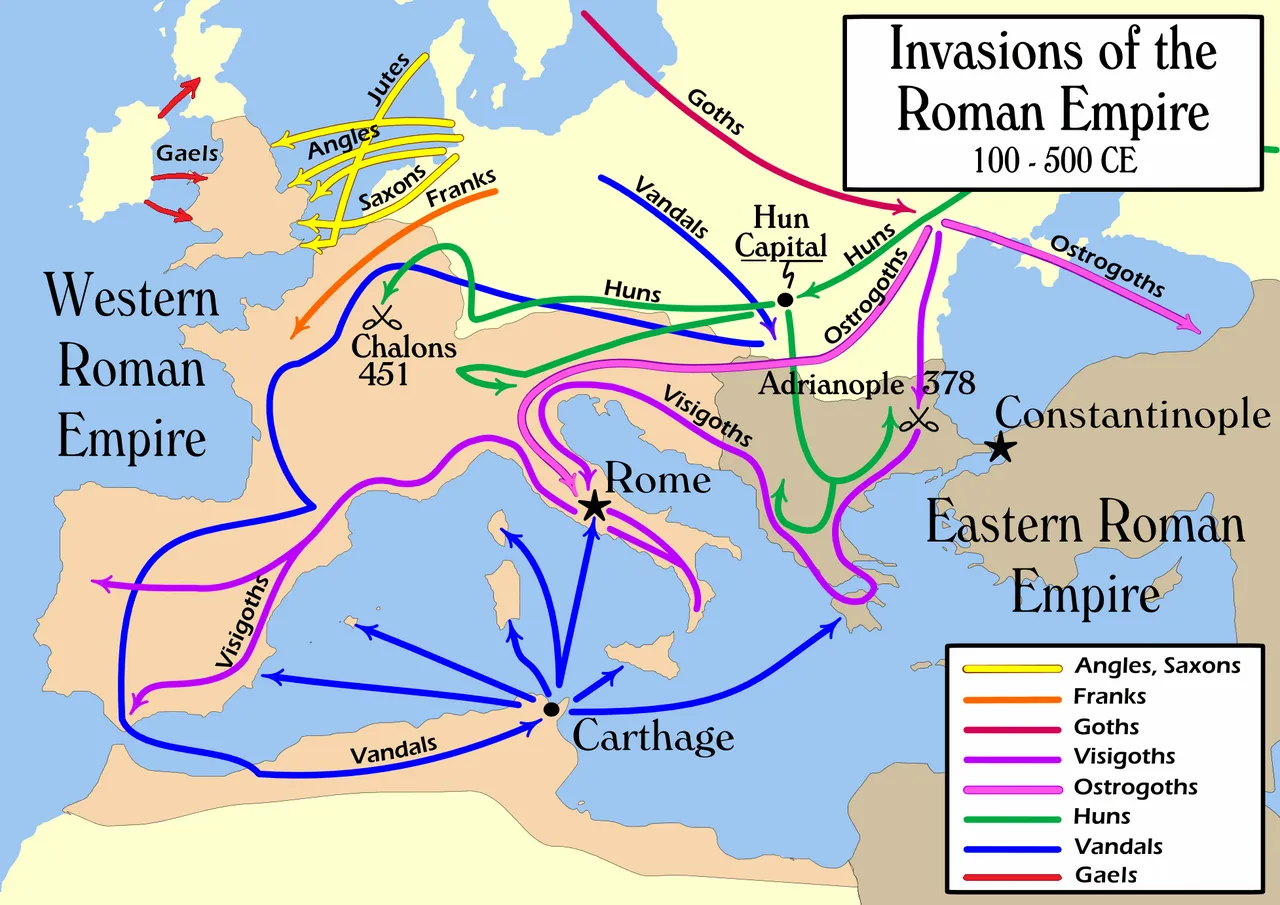Differences Between Latin and Germanic Peoples!?
 A 24-year-old relaxed, happy student TV presenter. Image source: DMC team
A 24-year-old relaxed, happy student TV presenter. Image source: DMC team
Nice, thank you very much for this post! I am very grateful for your attention and positive feedback on my work here on HIVE! I am currently 26 though. I've gotten a little bit older in the meantime, hehe, but I am still rather young. All the best! P.S.: I also know Gheorghe Zamfir. He is a great artist indeed! A master of the pan flute indeed!
My young friend @vikthor is a 26-year-old handsome and talented Romanian.
I've been trying to communicate with Europeans, but I haven't been very successful.
I follow my German friends, but there are currently few opportunities to chat.
@vikthor understood my awkward English and often had friendly conversations.
Although he is Romanian, he majored in English, so he was fluent in English conversation.
I felt his English was academic and literary!
@vikthor's English seemed easier to a non-English speaker like me!

I compared his English to @valued-customer's English.
I understood @valued-customer's English sentences as political and diplomatic rhetoric!
I guessed that his sentence was probably the one used by college graduates in the United States!
So, His English sentences were great, but very difficult for a foreigner like me to understand and imitate!😃

@joeyarnoldvn's English sentences were more difficult to understand because they were four-dimensional!
While @valued-customer's English sentences have a clear purpose,
@joeyarnoldvn's English sentences were more difficult to understand than @valued-customer's English sentences because they seemed like they were for American TV broadcasts!😊
I thought people who understand American show business would understand my brother @joeyarnoldvn's English!😄


My Genie of the Lamp @patriamreminisci is a sexually attractive man who is interested in Chinese history!
I still can't remember his username @patriamreminisci!😅
His username @patriamreminisci is too difficult for me to remember and has a lot of spelling!
I call his works Chinese Arabian Nightmares!
I often called his articles tabloids, but I remember my respected senior @valued-customer advised me that the word tabloid was rude!
I wonder if the word tabloids is meant to be rude!😯
I'm shocked at how different Americans and Europeans @vikthor are!
 Location of Romania (dark green)
– in Europe (green & dark grey)
– in the European Union (green) – [Legend]
Location of Romania (dark green)
– in Europe (green & dark grey)
– in the European Union (green) – [Legend]
Romania (/roʊˈmeɪniə/ ⓘ roh-MAY-nee-ə; Romanian: România [romɨˈni.a] ⓘ) is a country at the crossroads of Central, Eastern and Southeast Europe.[14][15] It borders Ukraine to the north and east, Hungary to the west, Serbia to the southwest, Bulgaria to the south, Moldova to the east, and the Black Sea to the southeast. It has a predominantly temperate-continental climate, and an area of 238,397 km2 (92,046 sq mi), with a population of 19 million people (2023). Romania is the twelfth-largest country in Europe and the sixth-most populous member state of the European Union. Its capital and largest city is Bucharest, followed by Iași, Cluj-Napoca, Timișoara, Constanța, Craiova, Brașov, and Galați.
Europe's second-longest river, the Danube, rises in Germany's Black Forest and flows southeast for 2,857 km (1,775 mi), before emptying into Romania's Danube Delta. The Carpathian Mountains cross Romania from the north to the southwest and include Moldoveanu Peak, at an altitude of 2,544 m (8,346 ft).[16]
Settlement in what is now Romania began in the Lower Paleolithic followed by written records attesting the kingdom of Dacia, its conquest, and subsequent Romanisation by the Roman Empire during late antiquity. The modern Romanian state was formed in 1859 through a personal union of the Danubian Principalities of Moldavia and Wallachia. The new state, officially named Romania since 1866, gained independence from the Ottoman Empire in 1877. During World War I, after declaring its neutrality in 1914, Romania fought together with the Allied Powers from 1916. In the aftermath of the war, Bukovina, Bessarabia, Transylvania, and parts of Banat, Crișana, and Maramureș became part of the Kingdom of Romania.[17] In June–August 1940, as a consequence of the Molotov–Ribbentrop Pact and Second Vienna Award, Romania was compelled to cede Bessarabia and Northern Bukovina to the Soviet Union and Northern Transylvania to Hungary. In November 1940, Romania signed the Tripartite Pact and, consequently, in June 1941 entered World War II on the Axis side, fighting against the Soviet Union until August 1944, when it joined the Allies and recovered Northern Transylvania. Following the war and occupation by the Red Army, Romania became a socialist republic and a member of the Warsaw Pact. After the 1989 Revolution, Romania began a transition towards democracy and a market economy.
Romania is a developed country,[18][19][20] and an emerging middle power in international affairs.[21][22] Its economy ranks among the fastest growing in the European Union, being the world's 44th largest by nominal GDP, and the 36th largest by PPP. Romania experienced rapid economic growth in the early 2000s; its economy is now based predominantly on services. It is a producer and net exporter of cars and electric energy through companies like Automobile Dacia and OMV Petrom. The majority of Romania's population are ethnic Romanians and religiously identify themselves as Eastern Orthodox Christians, speaking Romanian, a Romance language (more specifically Eastern Romance/Balkan Romance). Romania is a member of the United Nations, the European Union, NATO, the Council of Europe, BSEC and WTO.
The American friends I met were mainly of German descent.
By the way, @vikthor is of Latin ethnicity.
I thought @vikthor looked like he was of Mediterranean ethnicity!
He looked like a Mediterranean man smiling in the bright Mediterranean sunlight!
I thought @vikthor had black hair and eyes, but @vikthor said he had brown hair and eyes.
I thought @vikthor was a completely different race than German-Americans!😳
B. Bartok, Rumanian Folk Dances were completely different from Germanic music!
It is calm and cheerful music that seems to be a mixture of Mediterranean and Asian tendencies!
People in the world where I live say that Romanians are kind and generous!
They said that it is easy for older people to live in Romania!
By the way, They said it's hard for young people like @vikthor to succeed in Romania!
Romania is the largest country in the Balkan Peninsula, and its land is fertile, making it rich in food and natural resources.
Although Romania has developed culture and arts, the general opinion is that it lags behind Western Europe in the development of capitalism due to communism.
But, Romania was the richest country in Eastern Europe.
I hope my friend @vikthor isn't offended when he reads my awkward English sentences!😂
 Portrait of the Boy Eutyches
Portrait of the Boy Eutyches
The young teenage boy in this remarkably lifelike portrait looks calmly at the viewer, his head in three-quarter view. He is dressed in a white Roman tunic with a narrow purple clavus (a vertical stripe) over the right shoulder. A mantle is draped over the left shoulder. The boy wears his dark brown hair short, with locks brushed to both sides of the forehead. The inscription in dark purple pigment below the neckline of the tunic is in Greek, which was the common language of the eastern Mediterranean at the time. Scholars do not completely agree on the inscription's translation. The boy's name ("Eutyches, freedman of Kasanios") seems indisputable; then follows either "son of Herakleides Evandros" or "Herakleides, son of Evandros." It is also unclear whether the "I signed" at the end of the inscription refers to the painter of the portrait or to the manumission (act of freeing a slave) that would have been witnessed by Herakleides or Evandros. An artist's signature would be unique in mummy portraits.
I felt that my friend @vikthor resembled the ancient Mediterranean boy Eutyches!😦
I felt like my friend @vikthor resembled Eutyches, a boy from the ancient Mediterranean who unfortunately died at the age of a teenager!
I remember that white people in modern America are called Anglo-Saxons.
So, I think the white people of modern America are a completely different race than the people of the ancient Roman Empire in the Mediterranean!
However, @vikthor is strikingly similar in appearance to the ancient Romans!
In particular, the smiling expression is very similar to that of ancient Mediterranean people!😀
I remembered that @vikthor speaks Eastern Romance!
I felt that the Romanian language @vikthor used was similar to Italian!
Italian singer Mauro's song Buona Sera Ciao Ciao was very popular in Japan, Korea, and Hong Kong in the 80s!
When I said Buona Sera, @vikthor said 'bună seara' in Romanian.😄
The lyrical and romantic sensibility of Mediterranean men resonated with East Asian men.
So, I assumed that Latin men @vikthor would excel in culture and artistic creativity!😄
 Ninety-five Theses, written by Martin Luther in 1517
Ninety-five Theses, written by Martin Luther in 1517
The Reformation (alternatively named the Protestant Reformation, and the European Reformation)[1] was a major theological movement in Western Christianity in 16th-century Europe that posed a religious and political challenge to the papacy and the authority of the Catholic Church. Following the start of the Renaissance, the Reformation marked the beginning of Protestantism.
It is considered one of the events that signified the end of the Middle Ages and the beginning of the early modern period in Europe.[2] The end of the Reformation era is disputed among modern scholars.
Prior to Martin Luther and the other Protestant Reformers, there were earlier reform movements within Western Christianity. Although the Reformation is usually considered to have started with the publication of the Ninety-five Theses by Martin Luther in 1517, he was not excommunicated by Pope Leo X until January 1521. The Diet of Worms of May 1521 condemned Luther and officially banned citizens of the Holy Roman Empire from defending or propagating his ideas.[3] Luther survived after being declared an outlaw due to the protection of Elector Frederick the Wise.
The spread of Gutenberg's printing press provided the means for the rapid dissemination of religious materials in the vernacular. The initial movement in Germany diversified, and other reformers such as Huldrych Zwingli and John Calvin arose.
In general, the Reformers argued that salvation in Christianity was a completed status based on faith in Jesus alone and not a process that could involve good works, as in the Catholic view. Protestantism also introduced new ecclesiology.
The Counter-Reformation was the Catholic reform efforts initiated in response to the Protestant Reformation and its causes.[4]
Watching the wonderful Latin @vikthor, I was able to understand a little about the reasons for the division between Latin Catholicism and Germanic Protestantism!🙂
I assumed that the Reformation occurred because the differences in character between the Latin and Germanic peoples were so great!
 Invasions of the Roman Empire
Invasions of the Roman Empire
The Migration Period, also known as the Barbarian Invasions, was a period in European history marked by large-scale migrations that saw the fall of the Western Roman Empire and subsequent settlement of its former territories by various tribes, and the establishment of the post-Roman kingdoms.[2]
The term refers to the important role played by the migration, invasion, and settlement of various tribes, notably the Franks, Goths, Alemanni, Alans, Huns, early Slavs, Pannonian Avars, Bulgars and Magyars within or into the territories of the Roman Empire and Europe as a whole. The period is traditionally taken to have begun in AD 375 (possibly as early as 300) and ended in 568.[3] Various factors contributed to this phenomenon of migration and invasion, and their role and significance are still widely discussed.
Historians differ as to the dates for the beginning and ending of the Migration Period. The beginning of the period is widely regarded as the invasion of Europe by the Huns from Asia in about 375 and the ending with the conquest of Italy by the Lombards in 568,[4] but a more loosely set period is from as early as 300 to as late as 800.[5] For example, in the 4th century a very large group of Goths was settled as foederati within the Roman Balkans, and the Franks were settled south of the Rhine in Roman Gaul. In 406 a particularly large and unexpected crossing of the Rhine was made by a group of Vandals, Alans and Suebi. As central power broke down in the Western Roman Empire, the military became more important but was dominated by men of barbarian origin.
There are contradictory opinions as to whether the fall of the Western Roman Empire was a result of an increase in migrations, or both the breakdown of central power and the increased importance of non-Romans resulted in internal Roman factors. Migrations, and the use of non-Romans in the military, were known in the periods before and after, and the Eastern Roman Empire adapted and continued to exist until the fall of Constantinople to the Ottomans in 1453. The fall of the Western Roman Empire, although it involved the establishment of competing barbarian kingdoms, was to some extent managed by the eastern emperors.
The migrants comprised war bands or tribes of 10,000 to 20,000 people.[6] Immigration was common throughout the time of the Roman Empire,[7] but over the course of 100 years, the migrants numbered not more than 750,000 in total,[citation needed] compared to an average 40 million population of the Roman Empire at that time. The first migrations of peoples were made by Germanic tribes such as the Goths (including the Visigoths and the Ostrogoths), the Vandals, the Anglo-Saxons, the Lombards, the Suebi, the Frisii, the Jutes, the Burgundians, the Alemanni, the Sciri and the Franks; they were later pushed westward by the Huns, the Avars, the Slavs and the Bulgars.[8] Later invasions, such as the Vikings, the Normans, the Varangians, the Hungarians, the Moors, the Romani, the Turks, and the Mongols also had significant effects (especially in North Africa, the Iberian Peninsula, Anatolia and Central and Eastern Europe).
I concluded that Europe and Central and South America were Latin civilizations and North America was Germanic civilizations!
Perhaps my esteemed seniors Steve and @valued-customer would be worried about me after reading my awkward American elementary school English sentences?😊


